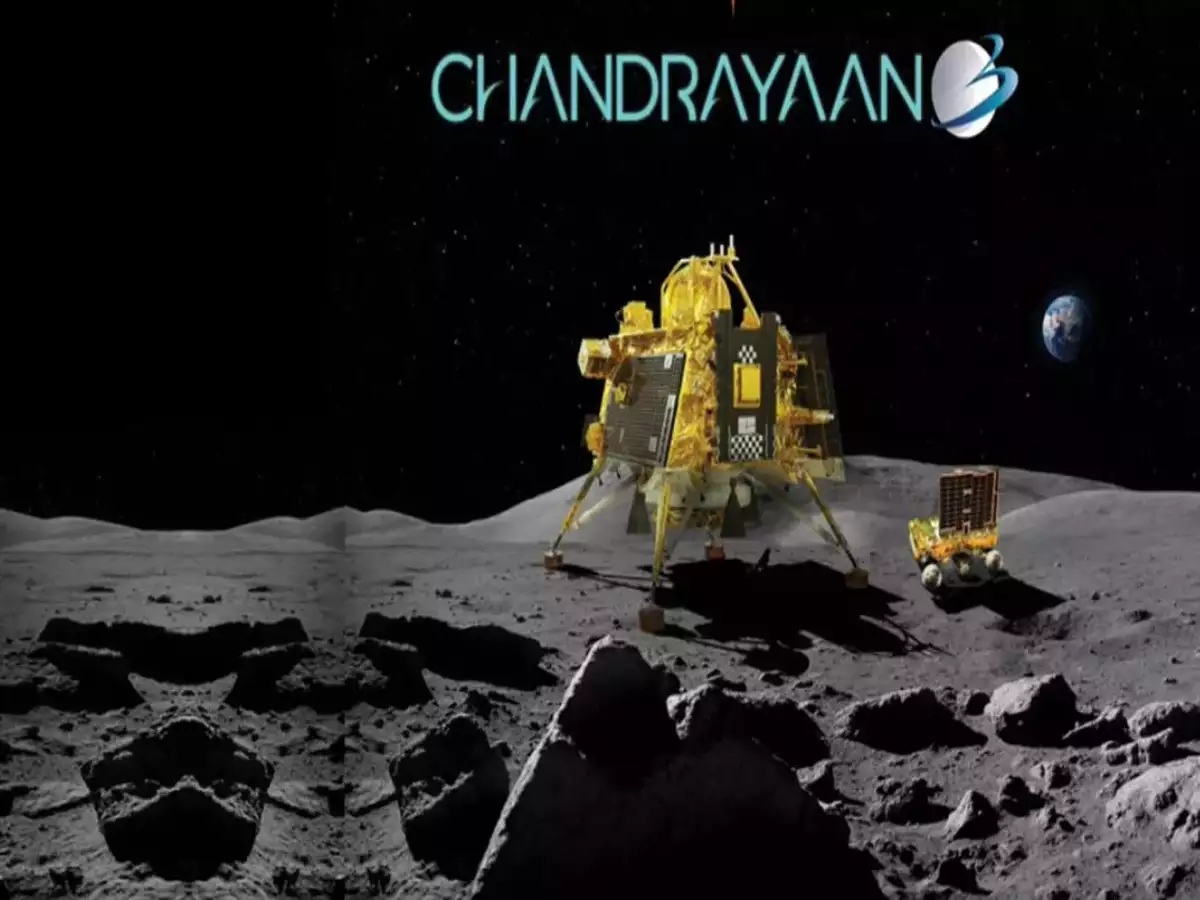The quest to explore the cosmos has captivated humanity for centuries, and in the realm of space exploration, India has been making remarkable strides. Following the success of Chandrayaan 1 and Chandrayaan 2, the Indian Space Research Organisation (ISRO) is all set to embark on a new chapter in lunar exploration with Chandrayaan 3. In this article, we delve into the significance of Chandrayaan 3 and the ambitious goals it aims to achieve.
Chandrayaan 3: A Brief Overview
Chandrayaan 3 is the third mission in India’s lunar exploration program. While Chandrayaan 1 focused on orbiting the Moon and Chandrayaan 2 included an orbiter, a lander, and a rover, Chandrayaan 3 is dedicated solely to the lunar lander and rover components. The mission aims to build upon the successes of its predecessors and overcome the challenges faced during Chandrayaan 2’s lander landing attempt.
Objectives of Chandrayaan 3
- Successful Soft Landing: The primary objective of Chandrayaan 3 is to achieve a successful soft landing on the lunar surface. This is a critical milestone that will contribute valuable data and insights for future lunar missions.
- Rover Exploration: Once the lander successfully lands on the Moon, the rover it carries will be deployed to explore the lunar surface, conducting experiments and collecting data that can enhance our understanding of the Moon’s geology and environment.
- Technological Advancements: Chandrayaan 3 aims to showcase India’s technological prowess in space exploration by demonstrating advanced capabilities in precision landing and rover mobility.
Importance of Lunar Exploration
- Scientific Discoveries: Lunar exploration contributes to scientific advancements by helping researchers unravel mysteries about the Moon’s origins, evolution, and composition. The data collected can provide insights into the early history of the solar system.
- Resource Potential: The Moon holds the potential for valuable resources such as water ice in permanently shadowed regions. These resources can be utilized for future space missions, including those aimed at deep space exploration.
- Technological Innovation: Lunar missions serve as platforms to test and validate innovative technologies that can have applications in future space missions, including Mars exploration.
- International Collaboration: Lunar exploration fosters international collaboration as countries around the world pool their resources, expertise, and data to enhance our collective knowledge of the cosmos.
Challenges and Future Prospects
Lunar missions are complex endeavors fraught with challenges, from navigating the harsh lunar environment to ensuring the reliability of communication systems. Chandrayaan 3, with its dedicated focus on achieving a soft landing and rover deployment, represents India’s commitment to overcoming these challenges and pushing the boundaries of space exploration.
Conclusion
Chandrayaan 3 represents India’s unwavering dedication to scientific discovery, technological advancement, and pushing the boundaries of human knowledge. As the mission sets its sights on a successful lunar landing and rover exploration, it holds the promise of uncovering new insights about the Moon and contributing to the broader understanding of our universe. With each successful mission, India takes another bold step toward a future where humanity’s reach extends beyond Earth’s boundaries.

